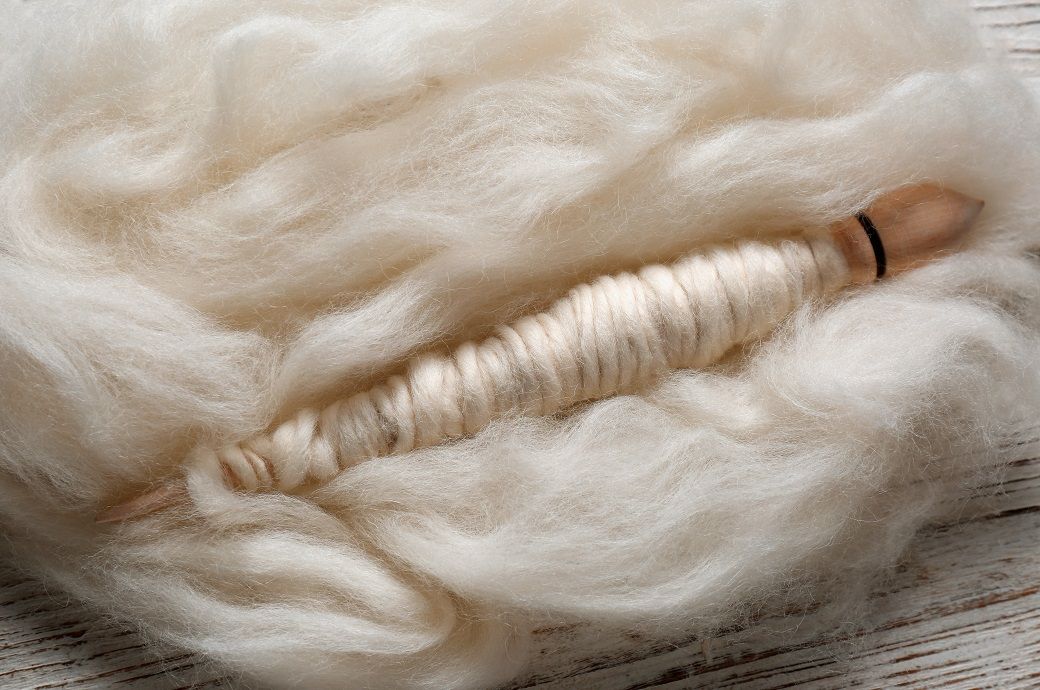
The China Wool Textile Association has stated that more Chinese consumers are going to want to wear wool. Chinese consumers are buying more local brands and local designers, which is a massive shift from the scenario 10-15 years ago.
Taking one processor case study as an example, Zhejiang Redsun is currently building a large new mill, just 10 km from the current operation. Strict eco and green initiatives are being prioritised for the building that will sit alongside the newest warehouse and manufacturing innovations. It is planned that just 400 staff members will be required to run the entire operation—management included. Solar panels and battery storage will eventually provide the entire power requirements. Annual production should be 24-26 million kgs of wool top production per annum and the single site structure will have a capacity for 60,000 bales of greasy wool and space for 50,000 bales of wool tops, according to the AWI Market Intelligence report.
AWI CEO John Roberts, who travelled to China this month, said: “There have been major changes in both consumer and industry attitudes when it comes to environmental issues as well. Overall, the expansion in plant capacity is incredible. A few years ago, only two or three top making plants had the capacity to process over 10 million kilos. That number has increased significantly.
“The fact that these factories are expanding is a good sign. The companies don’t just build them on a hunch; they’ve done their research. They understand that the Chinese consumer wants a naturally sourced fibre and they’re getting a similar message from their overseas customers too, particularly with the rising spending power of Gen Z. They are emphasising the natural biodegradable qualities of wool because it is a strong selling point. There has been a massive shift towards traceability, because there’s been so much online buying. But the concept of sustainability in China has escalated at a rate I hadn’t quite expected.”
Roberts, who visited India in December for trade talks, added that both India and China are important for Australian wool sales.
“Well, you embrace both China and India. Some of the key mills in India are expanding, but that said, they’ve still got a long way to go from 5 per cent of our wool clip which India currently takes to the 82 per cent that China buys,” he said.
Fibre2Fashion News Desk (NB)